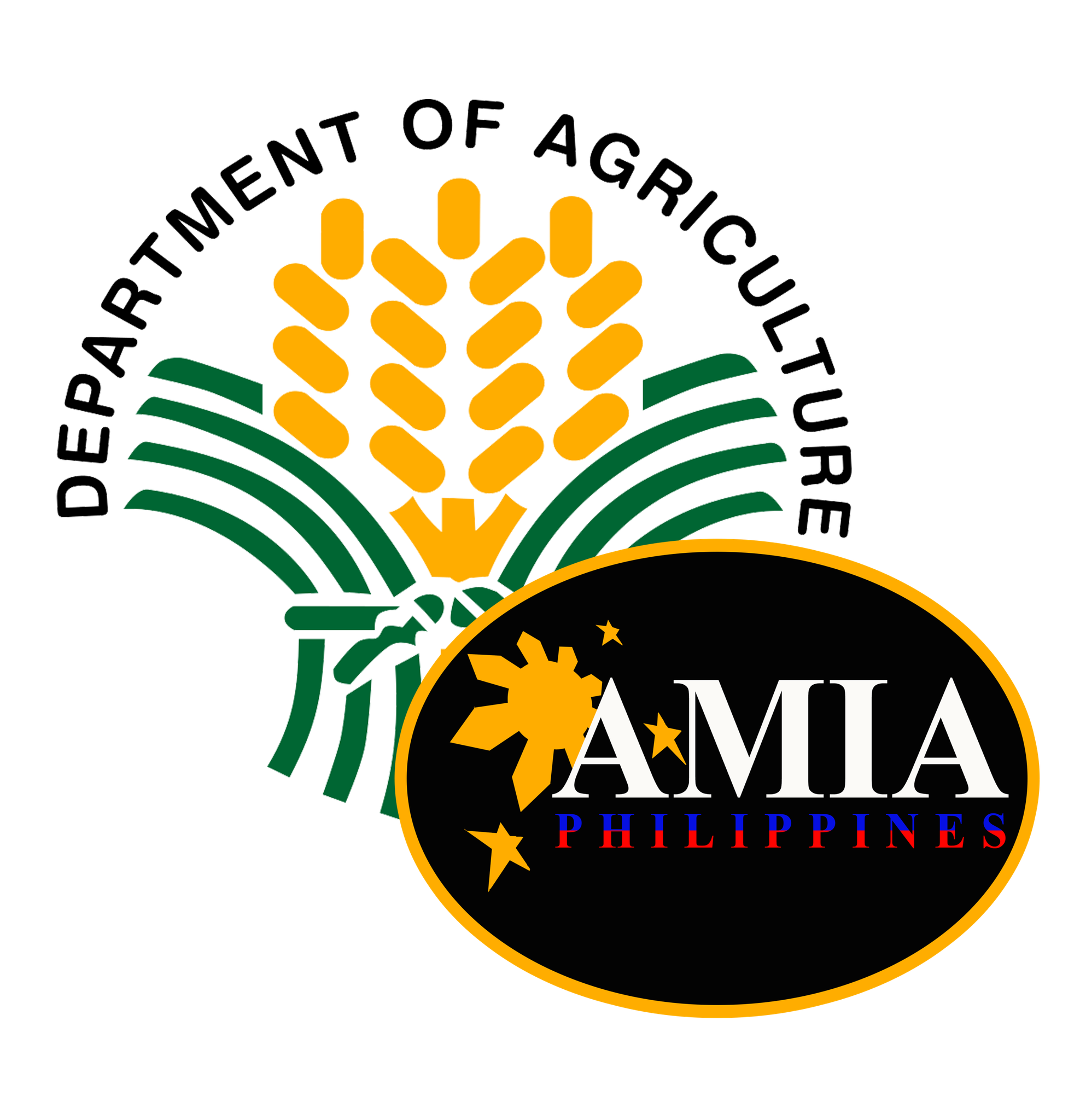Philippine President and concurrent Department of Agriculture (DA) Secretary Ferdinand R. Marcos, Jr. “likes” and “supports” the National Color-Coded Agricultural Guide (NCCAG) Map.
This was revealed by Northern Samar 1st District Representative and Senior Deputy Minority Leader of the House Committee on Rules, Paul Ruiz Daza during the DA’s FY 2024 Budget Hearing held on August 22, 2023.
During his interpellation on the DA’s budget for next year, Rep. Daza asked whether the DA implements the NCCAG Map, stressing that Pres. Marcos “supports the National Color-Coded Agricultural Guide Map and urged the DA to use it to boost the yield and income of farmers”.
DA Climate Resilient Agriculture Office (CRAO) Director Alicia G. Ilaga replied that the DA indeed implements the NCCAG Map. She explained that NCCAG shows the natural suitability of 21 economically-important crops and the climate-change induced hazards nationwide. She said the resolution of the map is up to the barangay level, and that there are many helpful data available under the map.
“This map is available online. Anybody who would like to access it and has Internet services can access the map and use it for investment planning or for other purposes,” Dir. Ilaga added.
“The President likes that map,” said Rep. Daza.
Asked whether they need additional funding for the map, Dir. Ilaga answered that her office has just completed Version 2 of the NCCAG, but funding is needed for capability building to teach people how to use the tool.
“It’s not only us (in the DA) who can use it, the local government units can also use it for better investment planning and for their local development plans,” she added.
Rep. Daza then instructed Dir. Alice to submit the budgetary requirements for the map so he could bring it up. “I think we should support you as it (the NCCAG Map) seems to be a very good service,” he ended.
For her part, Dir. Ilaga thanked Rep. Daza for his support and highlighted that the DA also has other decision-support tools, such as the Climate Risk Vulnerability Assessment (CRVA) Map, which is a tool that is helpful in the DA’s resilience-building initiatives for better and longer-term geographic targeting.
Developed by DA CRAO, the NCCAG map is a database of map overlays that shows the natural suitability of 21 economically important crops that are key to food security and eight climate change-induced hazards. It overlays data on soil properties, elevation, slope, rainfall pattern, temperature, and climate-induced multi-hazards. It also features maps that are vital to crop growth and survivability such as water availability and climate data, as well as location-specific information on socioeconomic conditions.
As NCCAG determines which crops are suitable for a particular area, it has been helpful in providing advice to farmers in changing their crops. It is also useful in determining the climate risks faced by an area, up to the level of the barangay.
Launched in 2017, the NCCAG Map has since been serving as a guide for the government in ensuring that the deployment of technologies and interventions are location-specific and based on climate risks. It also assists in investment planning, research and development, infrastructure, and disaster management. ### (Story by Joy F. Calvar, DA CRAO)
